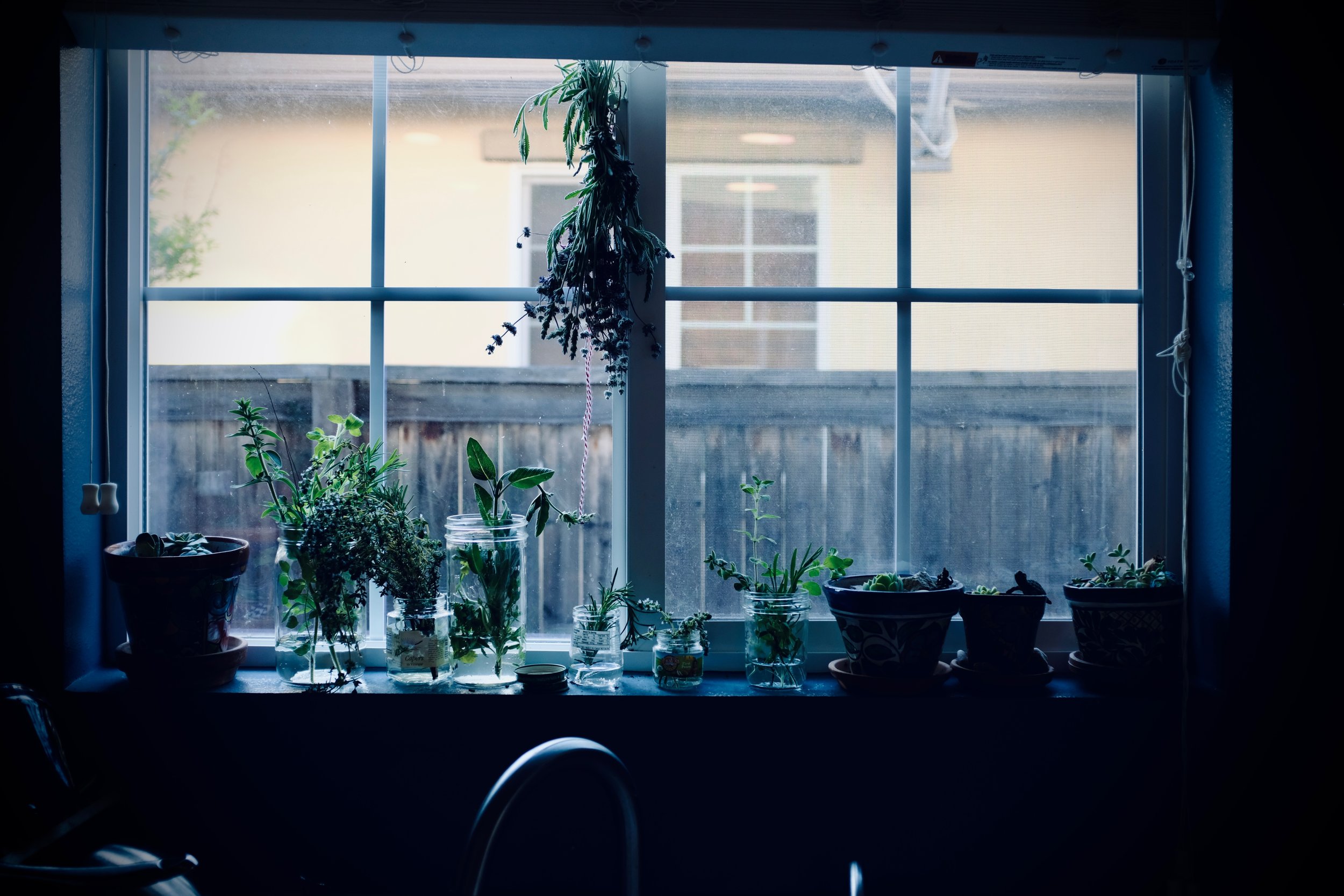Moments in Bloom: Marin Smith Reviews Sarah Winman's Still Life
by Marin Smith, co-editor-in-chief of abraxas review
It was spring of 2020 (remember spring of 2020?) when I discovered the work of photographer Jamie Beck. I was mothering to two very young children and, like many, was suddenly confined to my home. Beck’s online presence was welcome because I needed something soothing to look at that wasn’t the terror of the news cycle—her photographs had a calming effect on me as the pandemic made the trappings of domestic life more cherished and vivid.
Beck’s style is, what a photographer friend of mine once explained, Dark and Moody as opposed to Light and Airy, which are apparently two opposing camps within portrait and lifestyle photography. Beck took photos of her life in Provence, France, which provided a different kind of escapism (and longing) in me, but it was her still life photos that really drew my gaze. Fruit tumbling from a basket, ribbons strewn about, flowers at the pinnacle of bloom—these people-less tableaus were what Beck had, and what I had, to bathe in during those Dark and Moody times.
photo by Marin Smith
Sarah Winman has titled her most recent novel after the genre, and it’s not till two-thirds of the way through her story that she—like any good storyteller—finally teases out the title’s meaning. Still Life tells the delightfully intertwined stories of Ulysses, a former WWII British soldier; Evelyn, a whip-smart art historian; Cressy, a working-class Brit with a poetic soul; the childhood of free-spirited Alys; and the misadventures of a pistol named Peg, just to name a few characters. There’s also a running presence (and commentary) of a Shakespeare-quoting and a semi-clairvoyant Amazonian parrot named Claude, who serves as Winman’s touch of the magical real.
A still life, Winman’s narrator explains, deals with the details of domestic life—particularly traditionally feminine domestic life, with the occasional masculine cameo (a fish, a boar’s head, a knife). Winman props up her theme of still life through an impressive, intricate layering on the level of form—the novel’s landscape shifts from working-class Britain to quaint mid-century Florence, all written in present-continuous prose and broken into bite-sized page breaks. Winman chunks these into named time periods, which create the novel’s larger sections.
As opposed to many novels I read this year, Winman doesn’t resort to jumping between narrators or disparate storylines—instead, we are served a several-course, European-style meal as we follow the same set of characters through the many phases of their lives together. This sustained relationship with Winman’s characters—all delightful and complicated in their own ways—means that as they each meet their fates we really feel it. The effect is almost old-fashioned, like a relieving return to what novels used to be like in the before-times.
photo by Marin Smith
The novel’s narrator is omniscient—the viewer of the still life, from outside the artwork?—who can see forward and backward in time. This gives the novel the feeling of having a bird's eye view, which in our own singular experiences only happens in retrospect. We’re warned when characters don’t know what’s about to hit them; we’re comforted to hear that two characters in particular will meet again before the novel’s end. Littered with vastly researched facts about art history (though not the least bit dull) and mouth-watering scenes of Italian food and drink, Winman shows us how memory’s significance can change as time marches on around it.
As a writer, Winman’s work inspired me to pay closer attention, to jot down momentary descriptions in-scene for no purpose other than pleasure. This happened in a similar way to Beck’s still life photography, which grew so resonant for me in 2020 that I began taking my own snapshots of my daily domestic life.
Still Life is as much about the endurance and purpose of art as it is about enjoying human stories for their own sake. It’s also about all the ways humans can love each other outside of the predictable romantic trope, and deals with queerness with refreshing fluidity. Just like a still life isolates its subjects into their own teetering portrait, Winman’s painfully poetic prose felt precious and fleeting as flowers and fruits on the verge of decay.
As the novel’s remaining pages began dwindling, I found myself with that lovely readerly feeling of not wanting it to end. A high accolade for Winman—that as I closed her book I felt like I was tearing my eyes from a painting, after a long gaze at a series of continuous, beautiful, tragic, joyful brushstrokes.

